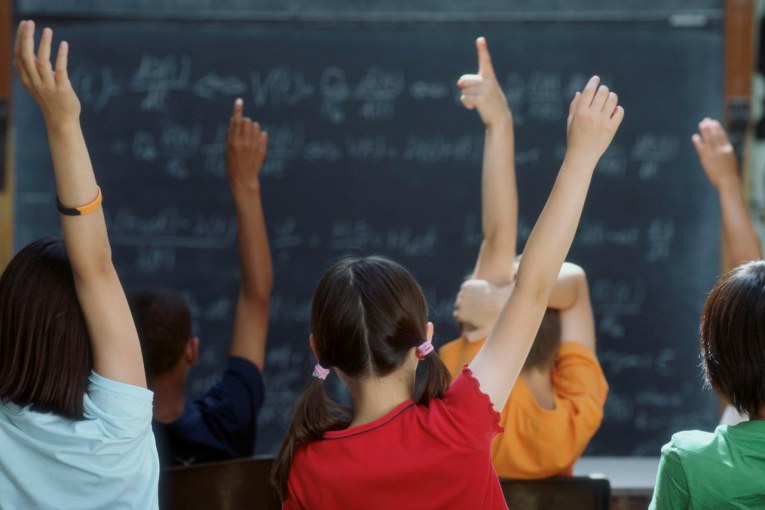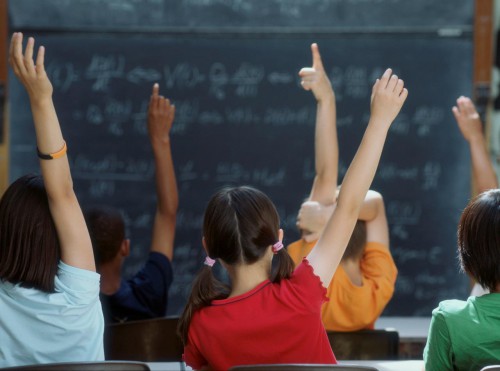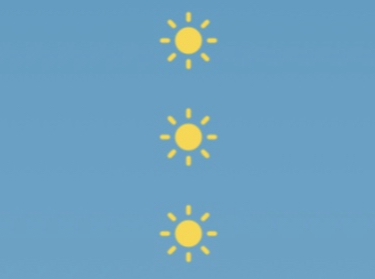

By: Emily Andrews
CALIFORNIA – According to statistics released by the California Department of Education, in the past two years since the COVID-19 pandemic began, enrollment in K-12 districts has declined by 271,000 students.
The public school enrollment in California has dropped below six million for the first time since 1999-2000. Additionally, charter school enrollment fell by 12,600 students.
This year, K-12 enrollment has dropped 1.8 percent, or 110,300 students, supplemented by last year’s sharp decline of 2.6 percent, or 161,000 students. In all, enrollment has dropped from 6.23 million students enrolled five years ago, to 5.89 million students enrolled as of this year.
According to the California Department of Education, the grade levels with the sharpest decreases in enrollment are in first, fourth, seventh, and ninth grade– that is, the grades in which most students graduate from their preceding schools and enroll into elementary, middle, or high school.
However, although enrollments have dropped in almost every grade, there has been an increase in kindergarten 12th grade enrollment.
Edgar Zazueta, the new executive director of the Association of California School Administrators, explained in his emails to EdSource, “We should not only be concerned about the fiscal consequences of having less students, we need to question where the students are going and how their educational needs are being met.”
Emphasizing the importance of educational enrollment, Zazueta explained that “an increase in kindergarten population could mean that the expansion of TK [transitional kindergarten] could be bringing in more students in the system. The increase in 12th grade students could be a sign that the system is doing a better job of keeping more students on track towards graduation.”
While kindergarten numbers have grown this year, it did not make up for the 61,000 student drop in fall of 2020. Additionally, first grade enrollment dropped this year by 18,292 students.
Because public schools are currently funded based on the students’ average daily attendance, lawmakers may have to adjust this rule when planning for the future. The high rates of students dropping out and not attending class due to COVID will affect the schools’ abilities to provide for the students that do attend.
The regions that had the greatest declines in student numbers were Los Angeles County, with 3.6 percent from this year as well as 3.2 percent from 2020, and the Bay Area, with 3.3 percent this year along with 3.1 percent in 2020. The three largest school districts – Los Angeles Unified, San Diego Unified, and Long Beach Unified – accounted for almost a quarter of the loss in student enrollment this year.
In Los Angeles Unified, according to the Daily Bulletin, the class of 2032 – that is, students who were in kindergarten when the pandemic began in 2020 – had their enrollment drop by 31%, or 18,000 students. Their numbers have gone from 57,792 to 39,654 students.
In Santa Ana Unified in Orange County, the enrollment has shockingly plummeted by 16.9 percent in the last five years.
Amongst racial and ethnic groups, white enrollment had the largest drop with 4.9 percent this year and 5.6 percent from last year, followed by Black enrollment with a drop of 3.6 percent this year. Enrollment of Latino students, meanwhile, declined only by 0.9 percent this year.
While most families don’t notify school districts why the students are leaving, and few districts do follow-up surveys to know where students are going, one likely explanation is that private school enrollment has grown by 3.9 percent, or 18,528 students, from 2021-22. However, that only accounts for a small portion of the students that dropped out of enrollment in public school, it does not account for almost 250,000 of the missing students.
While many hoped there would be a revival in enrollment, similar to how the economy resurfaced as the COVID-19 restrictions began to relax, their hopes have faltered in light of the release of the statistics.
Julien Lafortune, a researcher with the Public Policy Institute of California, said, “I thought there might have been a bounce-back, but instead there wasn’t.”
Some experts, such as Shantel Meek, founding director of the Children’s Equity Project at Arizona State University, and Scott Moore, head of Kidango, believe that families may have just delayed the children’s entrance into school, or held them back for a second year, until the COVID-19 pandemic became less severe.
Deborah Stipek, a professor in the Stanford Graduate School of Education and an early education expert, looked at the numbers from a bigger picture. “Probably both homeschooling and private school likely played a role, but there is also a decline in births in California and an increase in people leaving the state,” Stipek said.






In my best Professor Farnsworth (Futurama) voice, “good news, everyone”!
(He, like me – actually meant it.)
And in my opinion, good for the “crew”, as well.
I’m sure homeschooling has a major effect on the numbers.
Parent’s opinions of the public school system in CA has been slipping steadily for years.
It’s time to start downsizing the school industrial complex.
Given that I’m doing voices (and referencing others) today, I’d suggest substituting:
“Whole Lotta Shakin’ Goin’ On”, with
“Whole Lotta Poachin’ Goin’ On”.
(In regard to school districts and poaching each other’s students, vs. “right-sizing”.)
I can’t help but think ‘Poachin’ is going to become a hot topic in the coming years pitting school district against school district.
Yeap – and they’ll claim that they’re (suddenly) doing so in order to “diversify” their schools.
As I recall the Piedmont school district is now claiming.
As far as the reputation of California schools that you mentioned (and some of the “wokeness”, for lack of a better word), that’s also a reason that some families are leaving for places like Texas. (This also includes the lack of mask requirements, etc.) Not judging it – just noting how often it’s been cited as a reason.
Then you have teacher strikes (such as the one in Sacramento recently). As well as overall poor quality of education, etc.
It’s also a reason that many go to private or religious schools, or home schooling.
By the way, how does this news (which I previously noted in other projections) impact the so-called “teacher shortage” throughout the state?
The same argument that was used to support increases in teacher salaries in Davis, since they would “leave” without those increases (to go to another declining-enrollment school district)?
Or, was that all b.s.?
(A separate issue from compensating teachers “fairly”.)